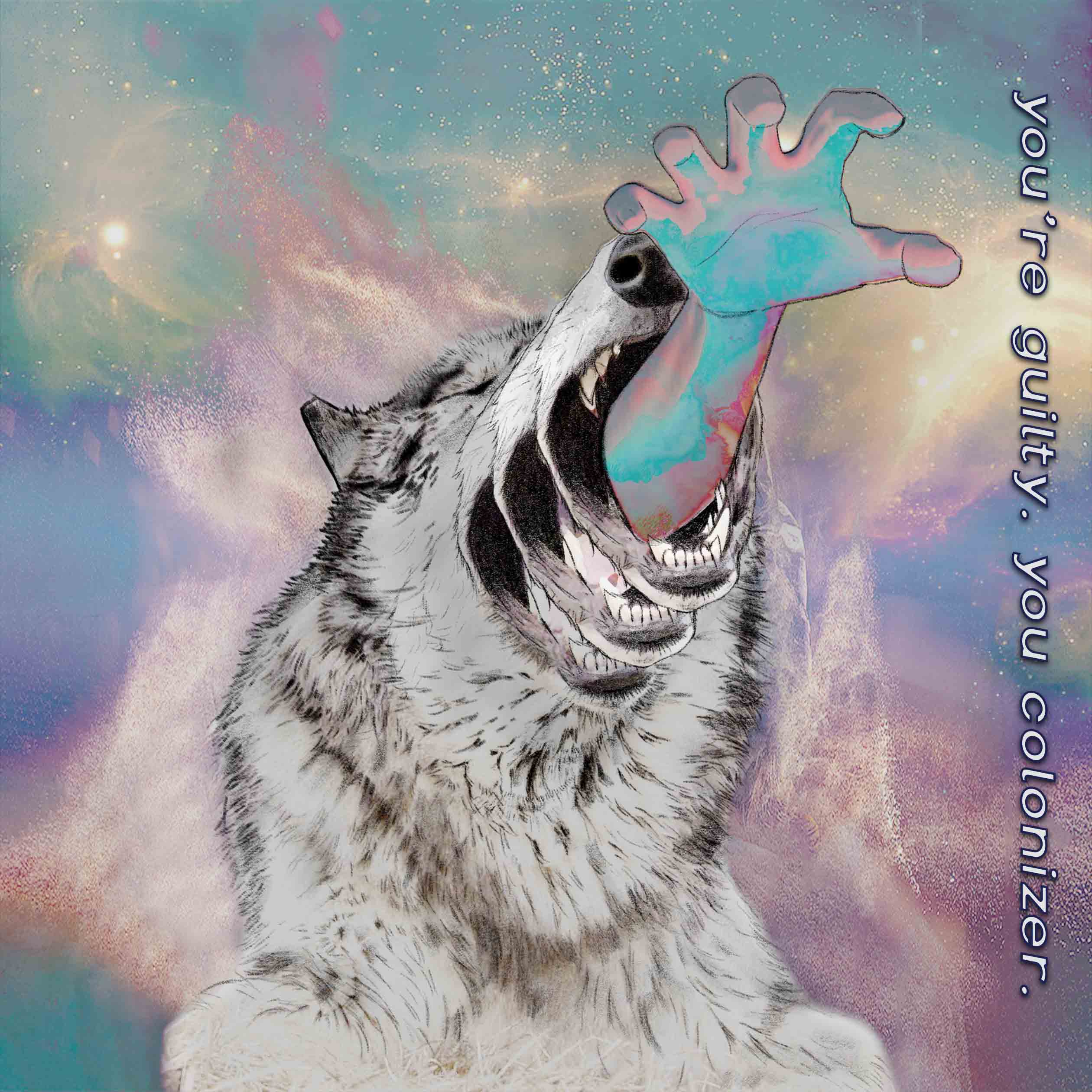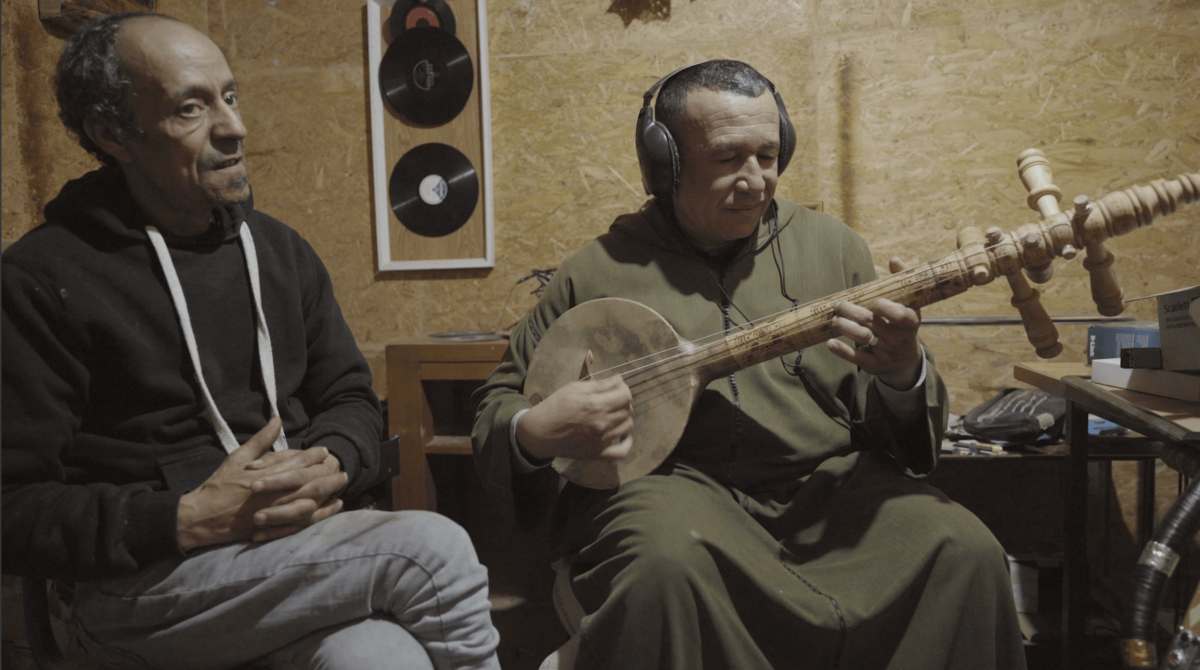5 Video Clips from So-Called Canada
Electric powwow, powerful throat singing, rap that toes the line somewhere between bloodthirsty rage and vulnerability, static dubstep – this has not always encompassed the mainstream face of Canada’s musical image. Within and beyond its musical cultures, Canada has crafted itself a reputation as the «gentler America» – a friendly counterpart to the seemingly unrelatable racial catastrophe of our neighbor. A maple syrup stocked land of hockey players and harmless, pretty boy politicians.
This legacy we have crafted has served as a careful distraction to bury centuries of brutal settler colonialism, in an attempt to silence the Indigenous population as best as it can. So whenever someone applauds me for «not being American», my eye twitches. When I’m overseas, and the «where are you from» question comes up, people always seem to share the same reaction to my answer (unless they probe further with the whole «where-are-you-really-from» bit, eyeing my brownness). They always seem to be relieved – relieved that I am the lesser of two evils.
Being in the South Asian diaspora has always made celebrating Canada complicated, even on the most benign of levels (if such a thing exists). Yet in the past decade I’ve seen artists representing immigration and diaspora within the Canadian mainstream music scene. When it comes to Indigenous artists, you could stumble across Buffy Sainte Marie quite easily, but I haven’t seen Canadian music journalism afford the same publicity for Indigenous music that they have for other marginalized communities (Yussuf 2020). Perhaps it is more uncomfortable to spotlight, too directly in conflict with Canada’s reputation.
Which is why, when I was asked to compile a playlist of my favorite Canadian music videos, I thought carefully about what that could mean. I’ve been exploring musicians from a huge diversity of identities under the umbrella of being «Indigenous» – from Inuit communities, to Atikamekw people, to Eskoni communities; below are some of my favorite music videos of the past few years, which showcase Indigenous resistance in sequences of joy, pain, rage, and most importantly, recollection.
Music: Tanya Tagaq
Video: Leah Fay Goldstein and Peter Dreimanis
Track: Colonizer (2022)
I first heard of Tanya Tagaq because of her signature form of Inuit throat singing (traditionally practiced between two women), which is demonstrated with such a magnetic intensity on «Colonizer». She oscillates between hushed and deafening vocals throughout the song, but even in her most muted growls, the graphic bloodlust is vivid. In all her music, Tanya Tagaq explores colonialism, survival, and motherhood – but it is specifically with «Colonizer» that she challenges the deeply uncomfortable process of transforming horror into healing. The illustrations of this music video show Tanya Tagaq in the heights of an icy fire, both full of rage and vulnerability, as she ferociously condenses centuries of colonization into four words: «You’re guilty. You colonizer.»
Music: Laura Niquay
Video: Juste du Feu
Track: Moteskano (2021)
In this video, Laura Niquay, an alt-folk singer, beautifully tangles together past and future generations of the Atikamekw people. The most touching of moments comes when an elder teaches a young girl how to braid, her hands weaving softly through the air with careful patience. Niquay sings (translated from Atikamekw to French to English): «My guide to life / it’s a transfer.»
The lessons from her mother have shifted into absolute significance, and here she illustrates that the way of life for future generations is to follow in the footsteps of the elders, how the cultural identity of the Atikamekw people will survive through knowledge passed on.
Music: A Tribe Called Red feat. Black Bear
Video: Kevan Funkr
Track: Stadium Pow Wow (2016)
What would this list be without the very clip that has coined the term electric powwow? In 2016, this track was impossible to ignore – I played it on repeat over and over again (and still do). The music video illustrates the tension that exists between contemporary culture and Indigenous, ancient ancestral culture. A Tribe Called Red (consisting of members of the Nipissing First Nation, the Mohawk of the Six Nations of the Grand River, and the Cayuga First Nation), combines traditional powwow chanting with dubstep and hip hop. There is an undeniable, hard hitting force in the blend of progressions and chanting – an energy that can be felt, as the clip moves between powwow dancing, boxing, and skateboarding – in a call, it would seem, for only the most hardcore training.
Music: Allison Bernard Memorial High School, Kalolin Johnson, the rap styling of Devon Paul, and powwow chanting by Thunder Herney
Video: Jason LeFrense/JLF Productions
Track: Gentle Warrior (2016)
My favorite part of this music video is the blend of so many existing histories. The clip begins with the poetry of Mi’kmag and Eskasoni native Rita Joe, and then shifts to the traditional powwow chanting by Thunder Herney, and is immediately followed by Kaloin Johnson’s vocals (Johnson was a student at Allison Bernard Memorial High School, in Eskasoni, at the time that they made this). Johnson’s chorus is reminiscent of an alternative punk rock bridge from the 1990s, notes that hold a vulnerable twinge to her deep-rooted anger. Then the clip steers into Devon Paul (another former student) in the middle of a forest clearing, rapping in brutally agile verses.
There is a thread that travels through this clip – perhaps there is something individual about each performer’s sound, but to me there is a thread of pride that travels through them all.
Music: Snotty Nose Rez Kids
Director: Ben Knechtel
Producer: David Schuurman (Silent K)
Track: I Can’t Remember My Name (2019)
I’ve been obsessed with Snotty Nose Rez Kids (SNRK) since they released The Average Savage in 2017. From the Haisla First Nation near Kitimat, BC, they have addressed the poverty, systemic addiction, and suicide epidemic gripping Canada’s reserves, as well as police brutality disproportionately affecting Indigenous peoples, and the mass children’s graves found at former residential schools (Cemm 2019). It’s difficult for me to not include their entire discography within this playlist, but «I Can’t Remember My Name» is an important place to start. The track suggests a culture lost in the midst of a new world, but there is a way forward: with pride «Neechie Gang, Neechie Gang, Neechie Gang / Moccasin tan on everything» and anger «Imma keep going, I’ll never stop / I’ll only go as far as my people», aching with exhaustion «Give a young savage a break / there’s not enough food on my plate» and, most determinedly, hope «Born to lose, but I’m built to reclaim»… all these elements intertwine with the simple black backdrop of the music video. But the backdrop only serves to highlight SNRK, as well as the flashes of traditional powwow dancing – illustrating how powerful they are, even in the darkness.
List of References
Biography
Published on October 17, 2023
Last updated on May 14, 2024
Topics
From Beyoncés colonial stagings in mainstream pop to the ethical problems of Western people «documenting» non-Western cultures.
From Bangladeshi electronica to global «black midi» micro scenes.
Watch how cutting-edge music from Brazil to Singapore is represented in moving images.
Special
Snap

